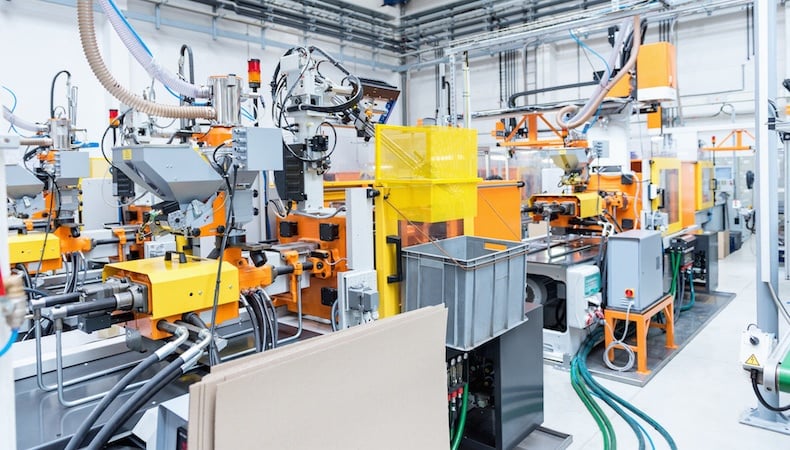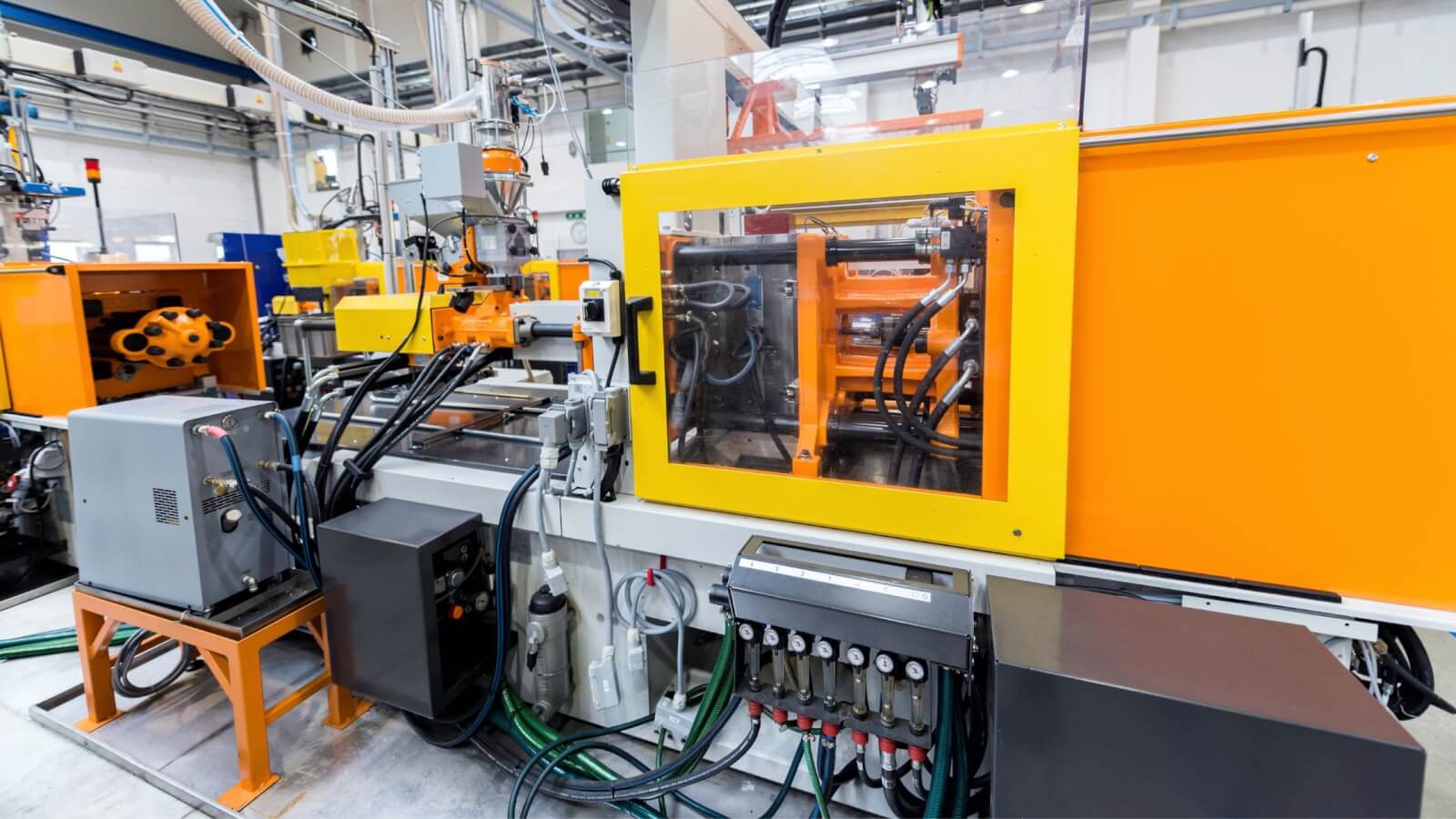Plastic Injection Molding: A Comprehensive Guide to Modern Manufacturing Techniques
Plastic Injection Molding: A Comprehensive Guide to Modern Manufacturing Techniques
Blog Article
Understanding the Essentials of Plastic Injection Molding Procedures
Plastic injection molding offers as a foundation of modern production, giving a systematic strategy to producing complicated parts with accuracy. This procedure not just encompasses the fundamental steps of melting and injecting products into mold and mildews yet also involves a nuanced understanding of different affecting factors, such as temperature and pressure. As sectors increasingly demand efficiency and high quality, the intricacies of this approach end up being a lot more essential. Checking out these necessary components can expose how even minor adjustments can result in significant improvements in production end results, raising concerns about the potential for advancement in this well established procedure.
What Is Plastic Injection Molding?
Plastic injection molding is a commonly utilized production process that changes thermosetting and thermoplastic products into specific and intricate shapes. This strategy is preferred for its ability to create high volumes of similar get rid of remarkable accuracy, making it a crucial method in different markets, including vehicle, durable goods, and clinical devices.
The procedure entails melting the picked plastic material and injecting it right into a mold under high pressure. The mold and mildew, made to the specs of the wanted part, permits the molten plastic to take shape as it strengthens and cools down. Once the material has set, the mold and mildew is opened up, and the completed component is ejected.
Plastic injection molding uses a number of benefits, consisting of reduced waste, consistency in production, and the capacity to incorporate elaborate styles that might be testing with various other manufacturing techniques. Furthermore, it sustains a wide series of products, each giving unique residential properties that can be customized for specific applications. As industries continue to innovate, plastic injection molding stays at the leading edge, allowing the advancement of innovative products that satisfy advancing consumer needs.
The Shot Molding Refine
The injection molding process is a sophisticated method that includes a number of crucial stages to create high-quality plastic components. Initially, plastic pellets are fed right into a warmed barrel where they are thawed into a viscous fluid. This molten plastic is after that injected under high stress into a precision-engineered mold, which shapes the product into the wanted kind.
As soon as the mold is filled, the plastic is enabled to strengthen and cool, taking the shape of the mold cavity. Air conditioning time is vital, as it impacts the cycle time and the final residential or commercial properties of the shaped component. After enough cooling, the mold opens up, and the completed element is ejected making use of ejector pins.

Materials Used in Injection Molding
Various materials can be used in the shot molding procedure, each offering one-of-a-kind residential or commercial properties that accommodate certain applications. The most frequently utilized materials consist of thermoplastics, thermosetting plastics, and elastomers.

Thermosetting plastics, like epoxy and phenolic materials, undertake a chemical modification throughout the curing procedure, causing a stiff, stringent framework. These materials are optimal for applications requiring high warm resistance and architectural integrity, often used in electric insulators and automotive components.
Elastomers, consisting of silicone and rubber-based products, offer versatility and strength. Their unique homes make them ideal for applications that require flexibility, such as gaskets and seals.
Additionally, specialty products like bio-based plastics and composites are acquiring traction for their ecological advantages and improved efficiency attributes, expanding the extent of shot molding applications in numerous markets. Comprehending the buildings of these materials is vital for picking the ideal kind for particular projects.
Benefits of Injection Molding
Shot molding attracts attention as a very reliable production process that offers numerous benefits for generating complex parts with accuracy. Among the most considerable benefits is the ability to develop detailed styles that would be difficult or tough to attain with various other techniques (Plastic Injection Molding). The process enables tight resistances and in-depth features, guaranteeing premium elements
Additionally, shot molding is understood for its fast manufacturing capacities, making it a suitable option for high-volume production. Once the mold and mildew is produced, components can be created quickly, reducing preparations and boosting total productivity. This efficiency not just lowers manufacturing costs but additionally offers an affordable side out there.
The versatility of products used in injection molding even more enhances its charm. A wide variety of thermoplastics and thermosetting polymers Check Out Your URL can be utilized, enabling makers to choose products that best fulfill their particular needs, including stamina, versatility, and warmth resistance.
Moreover, the procedure minimizes waste, as excess product can frequently be reused and recycled. This sustainability aspect adds to a reduced environmental effect, making shot molding an accountable production choice. In general, the advantages of shot molding make it a recommended technique for numerous sectors.
Factors Affecting Product High Quality
While many elements check my blog can affect product high quality in injection molding, understanding these components is essential for attaining optimum results. Key elements include material selection, processing specifications, and mold design.
Material choice plays a crucial function, as different polymers exhibit one-of-a-kind residential properties that influence flowability, stamina, and thermal stability. Poor product selection can bring about flaws such as warping or insufficient filling.
Processing criteria, including cycle, temperature level, and stress time, should be carefully managed. Variations in these setups can lead to disparities in component dimensions and surface area coating. As an example, exceedingly high temperature levels may create deterioration of the polymer, while poor stress can result in short shots.
Mold design is similarly crucial, as it identifies the circulation of the molten plastic and the cooling procedure. Badly developed mold and mildews may cause uneven cooling prices, resulting in dimensional errors and residual stress and anxieties.

Verdict
To conclude, plastic shot useful content molding acts as an important manufacturing procedure that makes it possible for the effective manufacturing of top notch parts. Proficiency of the shot molding procedure, consisting of the understanding of products and the influence of numerous elements on product quality, is essential for attaining optimum outcomes. The advantages of this approach, such as cost-effectiveness and layout adaptability, additional underscore its value throughout numerous markets, solidifying its status as a preferred selection for high-volume production.
Plastic injection molding offers as a keystone of contemporary manufacturing, giving a systematic strategy to creating complex parts with precision.Plastic injection molding offers numerous advantages, consisting of decreased waste, consistency in manufacturing, and the ability to incorporate complex styles that may be testing with other making approaches (Plastic Injection Molding). As markets proceed to innovate, plastic shot molding remains at the center, enabling the growth of sophisticated items that meet developing customer demands
The shot molding process is an advanced technique that includes a number of vital phases to produce top notch plastic components.In conclusion, plastic shot molding serves as an important production process that enables the reliable production of top notch parts.
Report this page